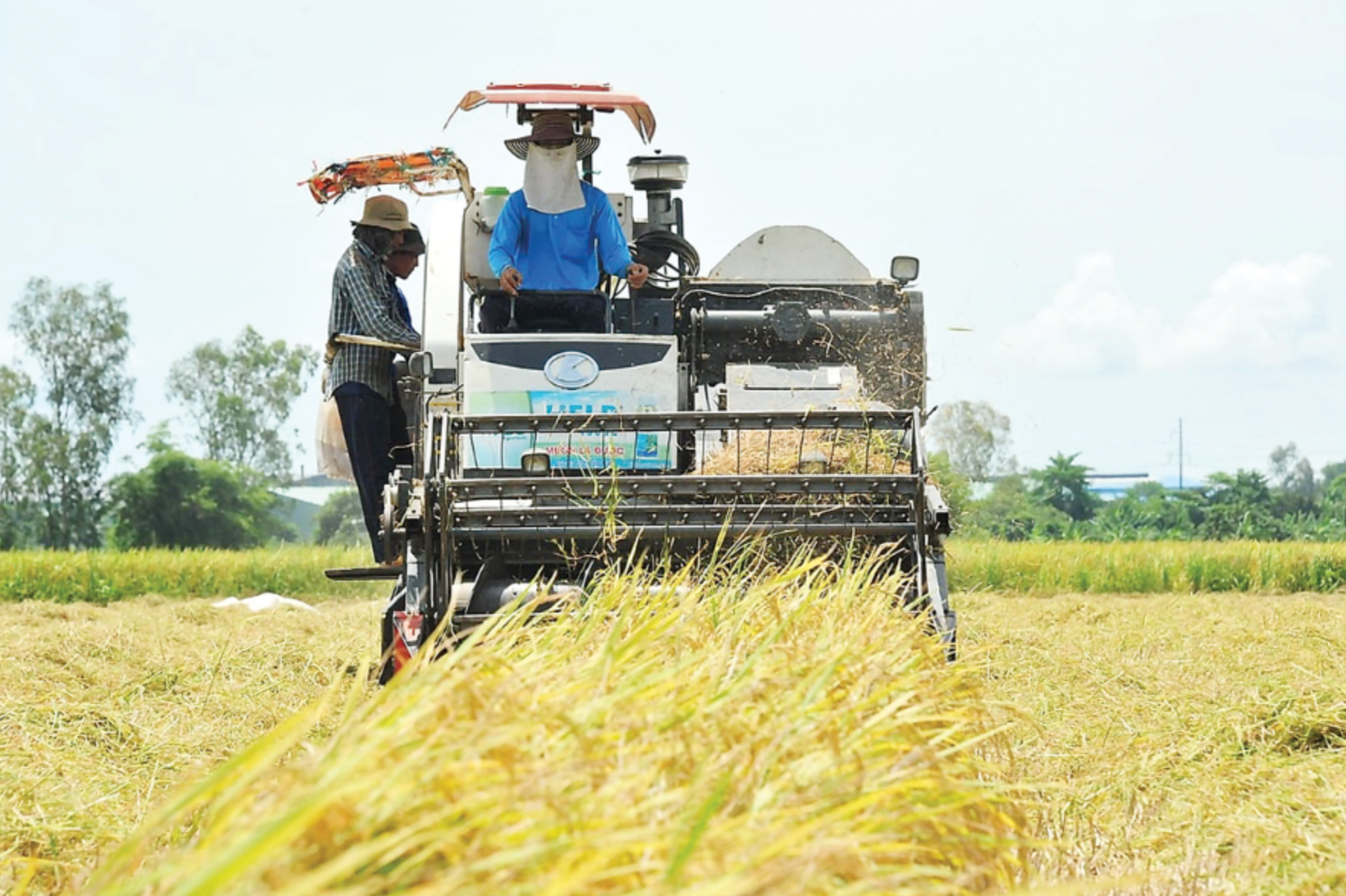From famine to global breadbasket: Vietnam’s 80-year agricultural transformation
G+ ( en.mae.gov.vn/from-famine-to-global-breadbasket-vietnams-80year-agricultural-transformation-9036.htm)
Once plagued by food shortages, Vietnam now earns over USD 60 billion annually from agricultural, forestry, and fishery exports. Behind the figures lies an 80-year journey marked by reform, resilience, and a vision of green, modern, sustainable growth.
Over the past 80 years, Vietnam’s agriculture sector has undergone a remarkable transformation, from poverty and food shortages to becoming a major export-oriented economy with a strong foothold in global markets. This journey is a story of reform policies, the tireless efforts of millions of farmers, and the country’s shift from subsistence farming to value chain–based development that ensures food safety, traceability, and compliance with international standards.
From hunger to food security and export power
Before the August Revolution in 1945, Vietnamese agriculture was exploited under colonial rule, with fragmented production and widespread hunger. The 1945 famine left deep scars across generations. After independence, ensuring food for the population and the war effort became a national priority. Yet real progress only came with the Doi Moi (Renovation) reforms launched in 1986. By shifting from a centrally planned system to one based on household contracts and removing administrative barriers, Vietnam unleashed enormous productive potential. Within just a few years, the country went from food shortages to becoming a rice exporter, a historic turning point.
Rice output surged after Doi Moi, and the first rice export shipment in November 1989 paved the way for many other agricultural commodities to reach global markets. Vietnam’s agricultural, forestry, and fishery export value rose from USD 41.2 billion in 2020 to a record USD 62.5 billion in 2024. In just the first seven months of 2025, total exports reached USD 39.68 billion, up 14.7% year-on-year, generating a trade surplus of USD 11.52 billion.

Deputy Minister of Agriculture and Environment Phung Duc Tien affirmed: “From a country once struggling with food shortages, Vietnam now ensures food security for over 100 million people and stands among the world’s leading agricultural exporters. This is not only a major achievement in national food security but also a contribution to global food security”.
Today, Vietnam is among the top countries in agricultural, forestry, and fishery production and exports, firmly establishing its role in the global economy. Building on this momentum, the sector aims to reach USD 70 billion in export turnover by 2025. Agriculture now plays a dual role: driving economic growth while promoting environmental protection and sustainable development.
Vietnam continues to pursue a clean, green, and modern agricultural model, economically efficient and environmentally responsible. This requires restructuring the sector to capitalise on comparative advantages, implementing sustainability strategies, and enhancing environmental stewardship. With the spirit of “Proactive, Flexible, Accelerated, and Innovative” action, the Ministry of Agriculture and Environment remains committed to leading the country into a new era, an era of national transformation and pride.
Enhancing value and sustainability
Over the past three decades, Vietnam’s agriculture has not only grown in volume but also in depth. Forestry products, wood processing, coffee, pepper, cashew nuts, and seafood now rank among the country’s top exports. According to Tin Tuc Newspaper, wood and forest product exports hit a record USD 17.35 billion, reaching 170 countries and territories. Vietnam now ranks fifth globally and second in Asia for wood and wood product exports. However, this success also comes with risks, trade fraud, origin disputes, and policy shifts in major markets.
Agricultural expert Hoang Trong Thuy noted: “President Ho Chi Minh’s timeless words, ‘When farmers prosper, the nation prospers; when agriculture thrives, the country thrives’, continue to inspire new energy, turning moral strength into material power and paving the way for agricultural growth tied to national welfare and security”.
Since Vietnam began exporting rice in 1989, the country has emerged as a global rice power by 1998. From then until 2024, Vietnamese rice has secured its place on the global map. Alongside rice, key crops such as coffee, pepper, cashew, tea, and rubber have flourished in specialised cultivation zones, making Vietnam the world’s leading exporter of pepper and cashew, the second largest in coffee, and the third in rice and rubber.
With its sustainable development strategy, Vietnam’s agriculture has achieved impressive progress. In 2024, the sector’s total export value reached USD 62.5 billion, with a trade surplus of USD 17.9 billion. These results reflect sound policymaking and persistent effort across the industry. Vietnam is now recognised not only for export volume but also for quality, product traceability, and adherence to international food safety and environmental standards.
Vietnamese agriculture has reached a historic milestone. Yet the road ahead demands careful steps, shifting from quantity to quality, expanding deep processing, ensuring traceability, building strong brands, adapting to climate change, and safeguarding natural resources. The official target is clear: a greener, more modern, and more responsible agriculture, with export revenues exceeding USD 70 billion.
Bao Chau